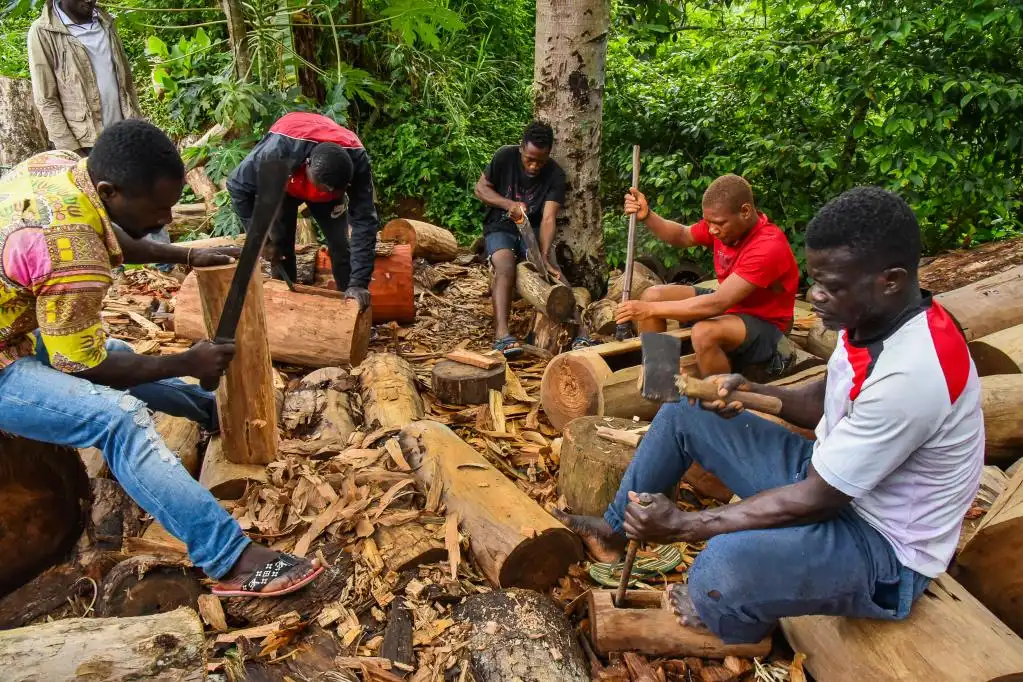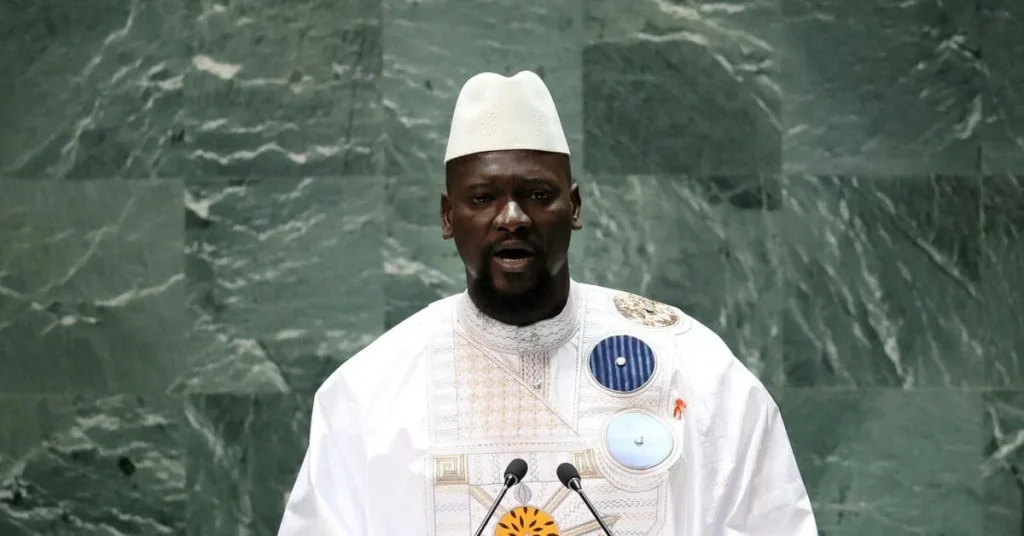In Cameroon, the art of handcrafting traditional drums, integral to the music and cultural identity of various tribes, is fading due to the rise of modern instruments and technology. As reported by RFI on May 1, 2022, drums, once central to traditional ceremonies, are being sidelined by guitars, keyboards, and computer-generated sounds. “Unfortunately, with the advent of computers, people don’t make use of drums like they used to,” said Mola Mongombe Na Liomo Ngaka, a modern Njoku jazz musician who performs under the stage name Mola Mongombe. He emphasizes that traditional drums carry a unique “musical language” essential to cultural expression, a sentiment echoed by craftsmen and musicologists striving to preserve this heritage.
Cultural Significance of Drums
Drums are vital to the Bakweri people of the Fako division in southwestern Cameroon, particularly in the Elephant Dance, or Maley, performed annually in Buea. This dance relies on three distinct drums—litembe, ezunga gombo, and ezemba—which combine to create an “irresistible melody that makes you want to dance,” according to Mongombe. Musicologist Erick Nwenty explains that Cameroonian masquerades, featuring a four-drum ensemble including the mombale base drum, serve a spiritual purpose, believed to “clean the land from all evil spirits.” The mombale requires the musician to sing and play simultaneously, showcasing the skill and cultural depth embedded in these instruments.
The Craftsmanship of George Tifungton
George Tifungton, known as Pa Drummer, has crafted drums for nearly three decades in his Montengene workshop. “I fabricate all types, such as the Bamelike drums, Bayangi drums, Younde drums, and Bamenda drums,” he told RFI’s Africa Calling podcast, stressing the need to tailor drums to clients’ preferences. Each drum, varying in size from large to small, produces distinct tones, with Pa Drummer and his son Stanley Tita, or Pikin Drummer, testing them meticulously. Tifungton passes his skills to his sons, but he notes a troubling trend: younger generations are reluctant to embrace the labor-intensive craft, preferring mechanized work. “Many youths don’t want to put in the hard work and effort,” Tita said while refining a drum with a machete.
Challenges Facing the Craft
The decline in drum-making is driven by both technological shifts and a lack of interest among youth. “If it’s a machine doing this, they won’t hesitate to learn,” Tita remarked, highlighting how modern tools overshadow traditional methods. Mongombe laments that computer-generated sounds cannot replicate the authentic resonance of handcrafted drums, as heard in his song “Moname.” The scarcity of skilled craftsmen threatens the survival of this art, with fewer apprentices willing to endure the physical demands of carving and tuning. This erosion risks severing a vital link to Cameroon’s cultural heritage, as drums are not merely instruments but carriers of history and identity.
Preserving a Fading Legacy
The fading art of drum-making reflects broader challenges in preserving intangible cultural heritage across Africa. While some artists like Mongombe integrate traditional drums into modern music, the dominance of Western instruments and digital production poses a persistent threat. Efforts to sustain the craft require engaging younger generations through education and cultural festivals, as well as supporting artisans like Tifungton. Without intervention, the “language” of Cameroonian drums, as Mongombe describes it, risks being silenced, diminishing the cultural vibrancy of events like the Maley and the spiritual role of music in communities like the Bakweri.






